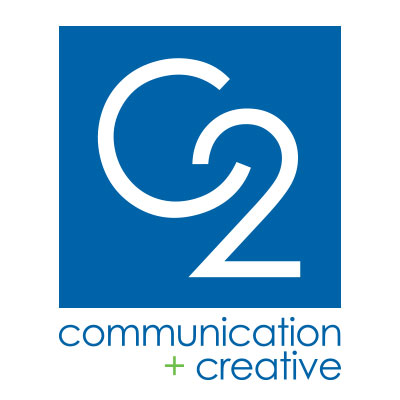The Minneapolis / St. Paul region is loaded with creative talent. In fact, it's listed as the fifth most creatively vital cities in America. And earlier this year an article named this metropolitan area one of the hottest communities in the country for female creatives. Click here to read that story.
These talented copywriters, communicators, graphic designers and story tellers are using all the available channels to get the word out for their clients. But how frequently do copywriters in Minneapolis, for example, contemplate the pictures and imagery that catapults a great story to the next level. Likewise, do creative graphic designers incorporate the words that make their art and imagery more visually meaningful?
It's a trick -- no, a talent -- to be sure. The perfect mix of words and imagery used to tell a story, about a business, an organization, the latest greatest widget or service offering, makes all the difference to the audience receiving that communication.
"Storytelling, in its most basic form, is a series of images that tell a story. If you think about it, we’ve been communicating and telling stories this way all the way back to cave drawings. And look at our world today—from IKEA assembly instructions to road signs and airplane safety pamphlets; we read pictures to understand information. We know that the smartest way to grasp an idea is to show it in an image or images." -Dianne Kredensor
Finding the right balance between words and images requires thoughtfulness and the ability to ask the right questions. Here are some tips to help create great results using the right words and pictures:
- Ask yourself, "Why is this picture (or paragraph) important to my audience?"
- Think through the concept and story line. Find the special interest, the main point that will resonate with the audience. Decide what part of the story needs images and which part needs words and explanation to support it.
- Determine if an image you plan to use is part of the story or the whole story.
- Strive to make sure each word in a story leads to the next. Write in order to help move the reader through the words, sentences, and paragraphs to the end. Likewise, each photo or graphic image you use must lead the reader logically to the end of the story.
As storytellers, we must carefully choose our words with imagery and graphics in mind. We create or use images to help us write our message and work to find a natural blend of complimentary words and pictures. When we allow both images and words to work together, they share the spotlight and create a story worth telling.
